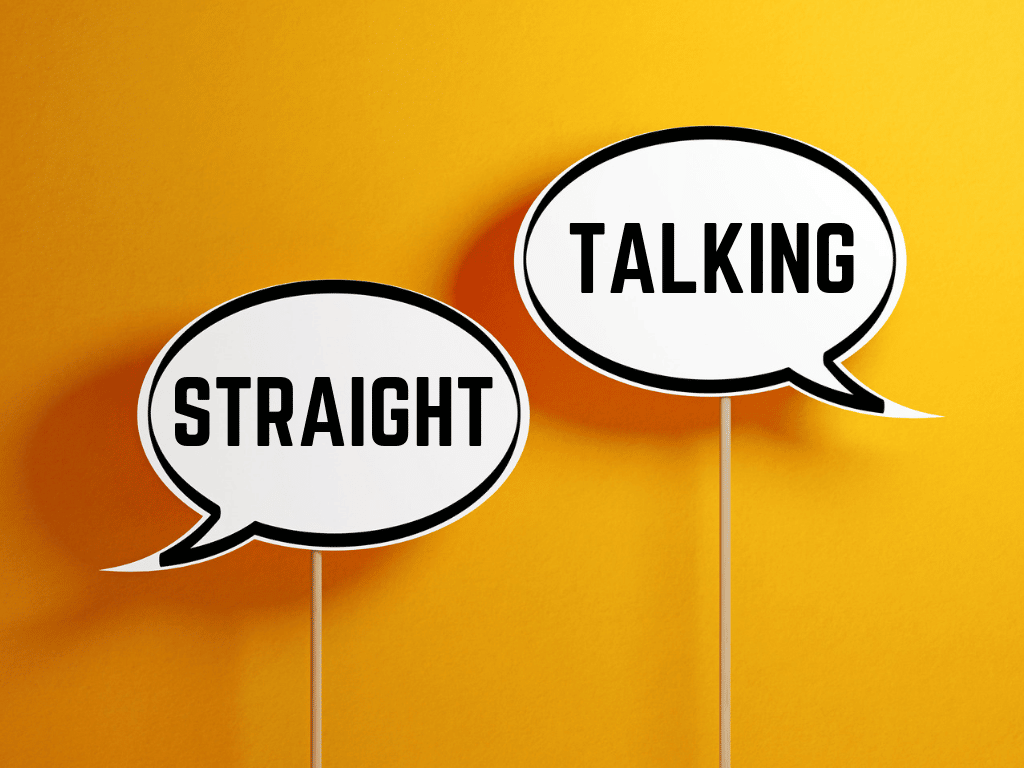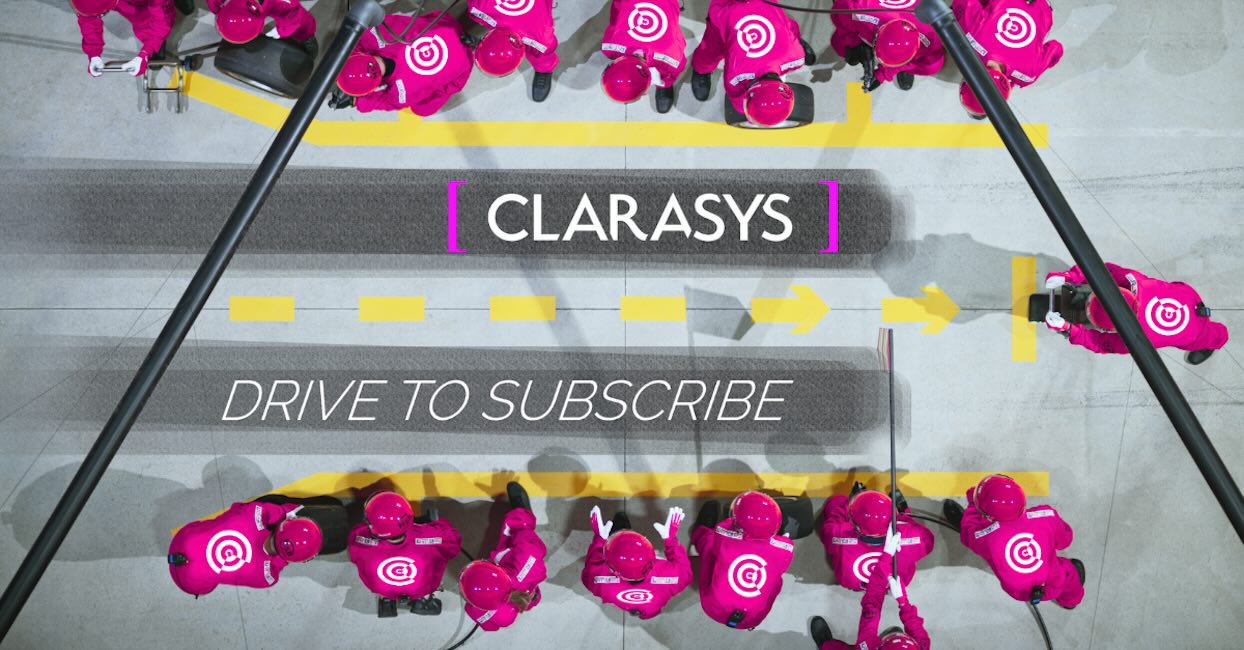‘Every act of communication is an act of translation’ – Gregory Rabassa
Straight Talking
Straight Talking
‘Every act of communication is an act of translation’ – Gregory Rabassa

Powerful communication can connect and inspire an audience. When it’s done well, it builds trust. When it’s done poorly, it leads to alienation, frustration and can even cause the audience to switch off. The success rate of every message lies in its delivery.
Naturally, we are better at sharing ideas with the people we work closely with. This is because we form a working culture whereby we feel comfortable discussing things in this environment and we share a common language to express ourselves.
The issue with using specialised language is that, when oversubscribed, we are left guessing what the person is trying to say. Jargon pervades business culture. It is used throughout organisations so that commonly understood terminology can be communicated quickly to one another from that profession or group.
This reliance on jargon becomes even more of a challenge when we are speaking to a group that we are less familiar with. In this situation we’ll often make assumptions about how the audience likes to be communicated with based on our own preferences.
Psychologist Stephen Pinker claims that the more expert you are in something technical, and the more you’re surrounded by experts in the same thing, the harder it is to bridge the gap to what non-expert people can understand. From academia to politics to media, the sharing of ideas becomes constrained to that particular group, because more often than not, the language used is to self-serve and neglects the needs of the audience.
Monzo’s banking app is challenging the norm by demonstrating that technical information doesn’t need to be ‘techy’. Monzo’s golden rule is to make sure that whatever it communicates is straightforward. This goes for ‘everyone in every team and it applies to all the writing we do, inside out’. It’s achieved by using simplified language, data visualisation to present spending reports, and, when speaking to someone in the support team on the instant messenger app – it’s almost like speaking to a friend. What is the impact? It creates transparency and helps build trust with the customer, knowing that there’s no hidden meaning behind what is being said.
How to create an effective dialogue:
1. Understand your audience
Spend time upfront getting to know your audience by putting yourself in their shoes. Build personas to represent their needs, experiences and behaviours. Even better, run user group sessions and ask them what their preferences are. This will allow you to build a clear picture so that when you start to communicate with them, you’ve put their needs first.
2. Think about what you’re trying to say and how you’re going to say it
Ask yourself what are the three key things that you want them to take away from any communication. Then think about how best to present this information in a way that grabs the audience’s attention. Can you use an image or data visualisation to bring your message to life? How can you open up a dialogue with them so that it isn’t just a one way flow of information?
3. Be clear, be transparent
Before sending, be sure to put yourself back in the shoes of the audience. Would someone without any context understand what you’re trying to say? Does the language that you have chosen to use deliver your message in an honest and open way?
The importance of communications is nothing new. However, if we look at the world today in an increasingly divisive climate, there is a need to understand and communicate with one another better. Equally, customers do not have as much time as they used to and they have greater expectations from the businesses that they buy from, to meet their needs. To survive, organisations have to really tailor themselves to put the voice of the customer first.
This post was originally written by: Sophie Di Clemente

